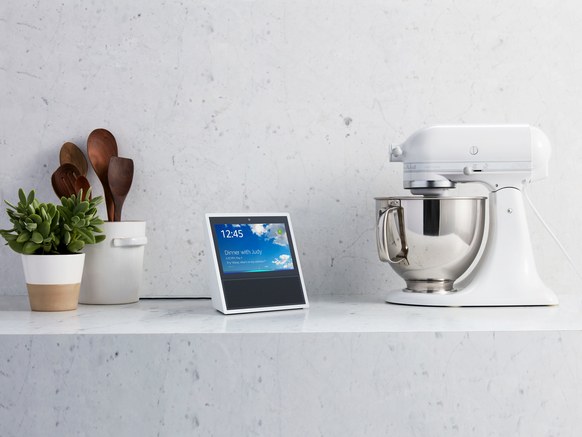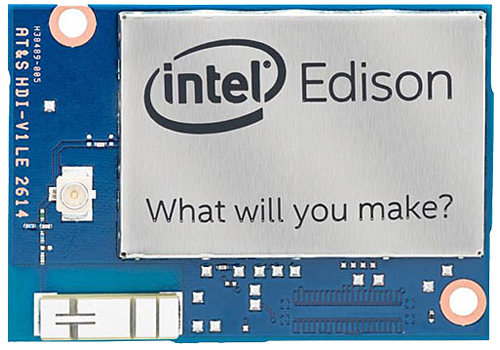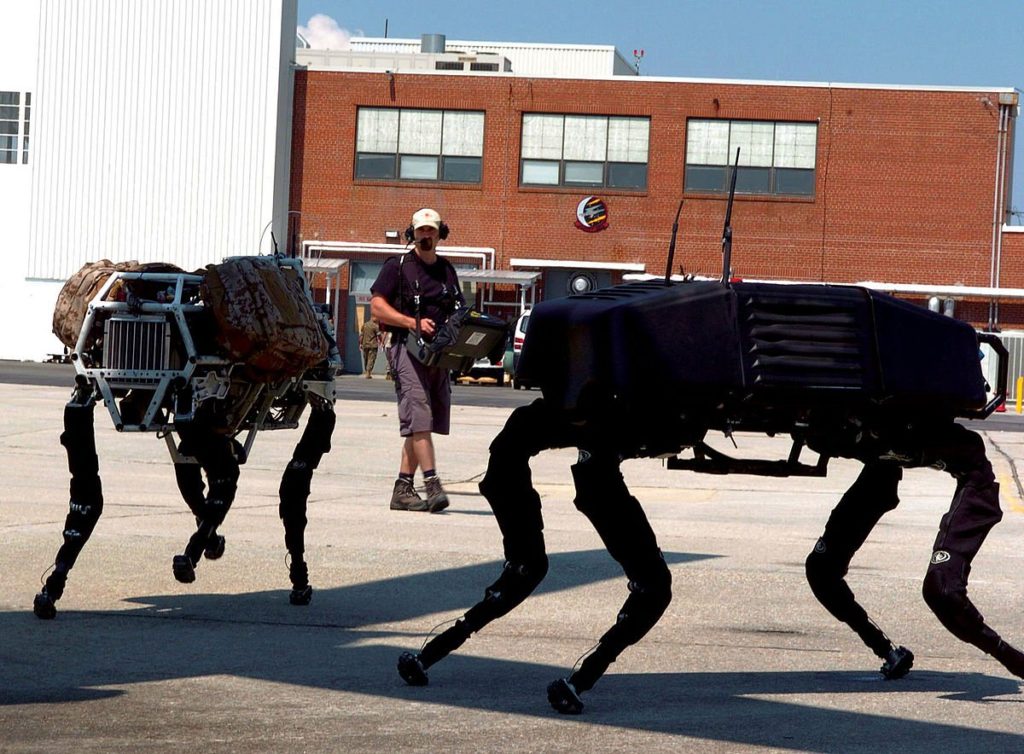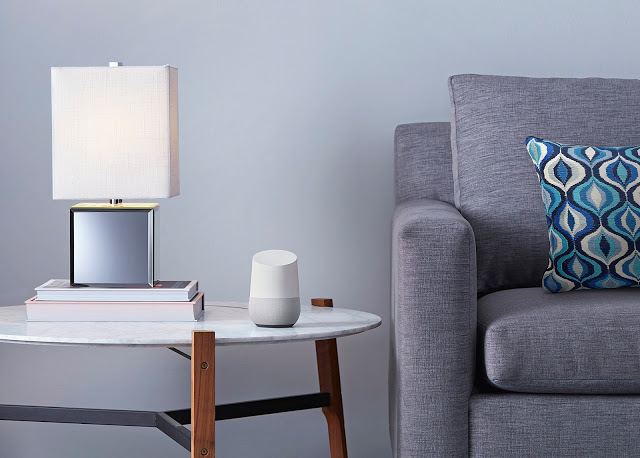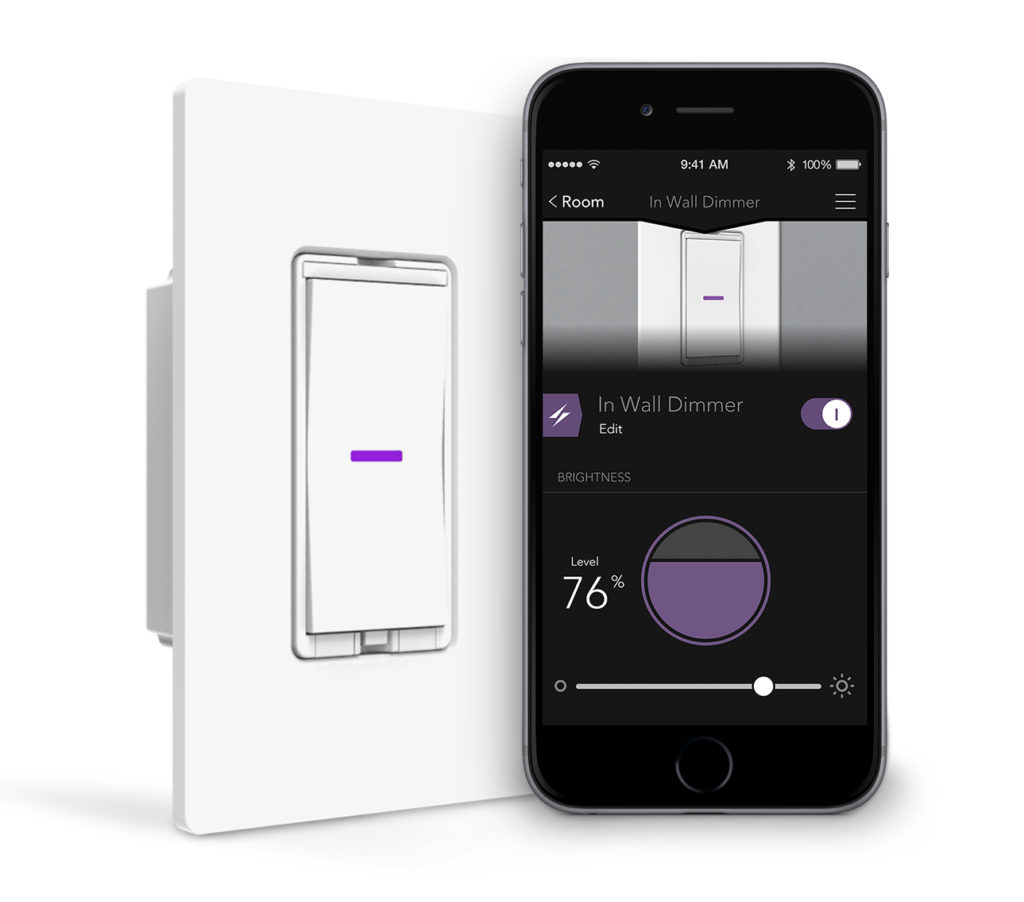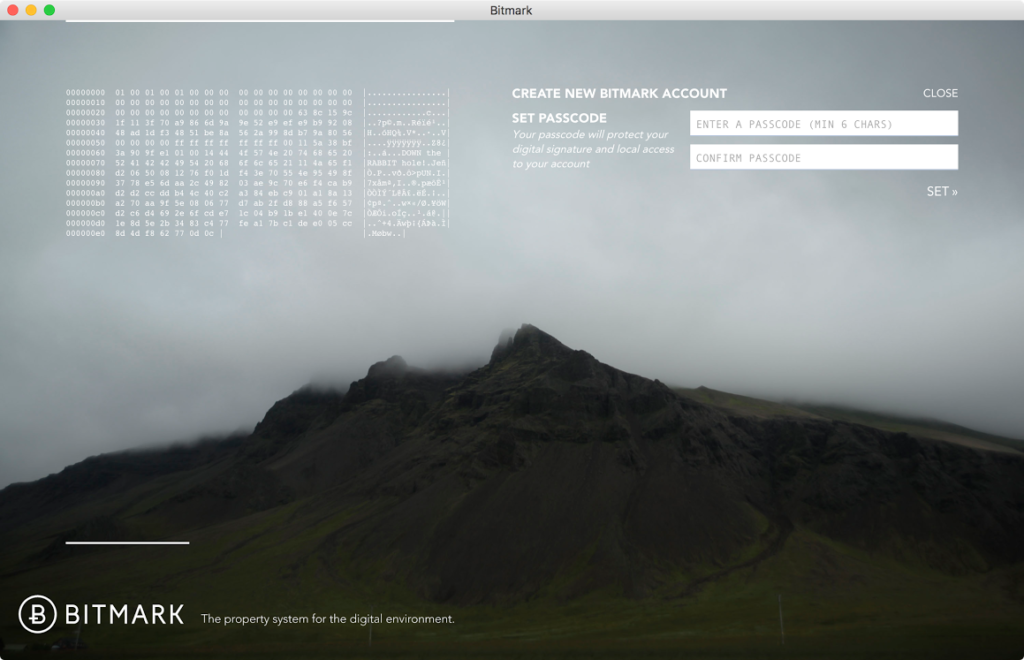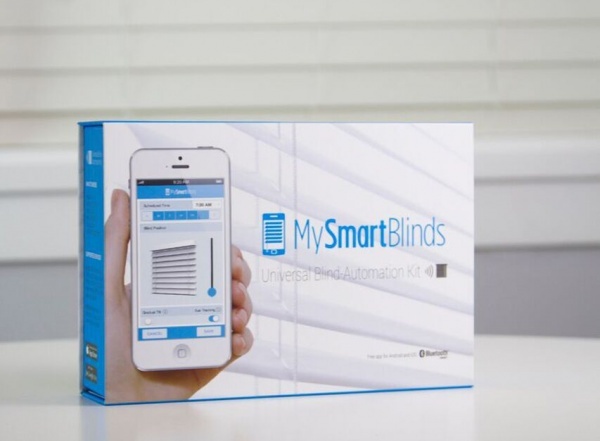After a week with the Amazon Echo Show I realize that I have no friends–on that device at least. In addition to my review of the Show, Kevin shares a review of the GoControl Z-wave sensor pack he purchased to go with the Wink, and I talk about the Leviton Decora light switch in depth. Reviews aside, we also chat (and sing!) about low power wide area networks, Ingenu’s departing CEO and the closure of the company behind a $500 backup camera.
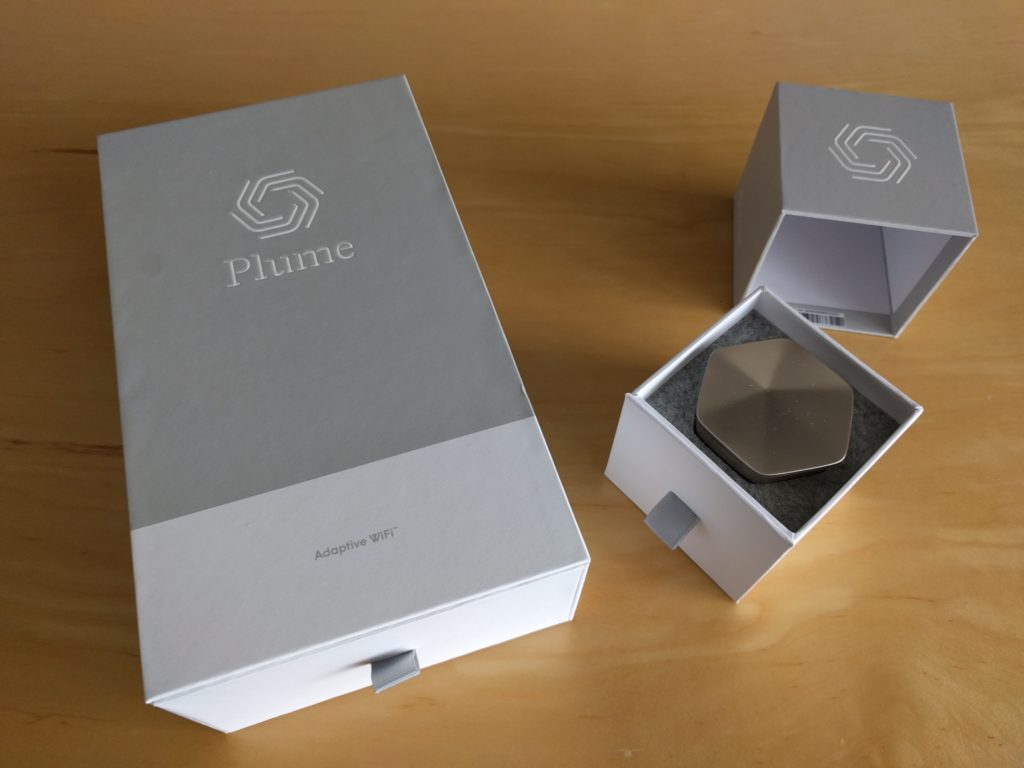
And because I’m so obsessed with Wi-Fi, I interview Fahri Diner, the CEO of Plume about where Wi-Fi is heading. He’s one of those that convinced me that Wi-Fi will end up in more devices, and he talks about how his deals with Comcast and Samsung will make that possible. We also discuss why you’re going to pay your ISP for Wi-Fi and where the retail model will struggle. You’ll have opinions about this episode.
Hosts: Stacey Higginbotham and Kevin Tofel
Guest: Fahri Diner, CEO of Plume
Sponsors: Schlage and Affiliated Monitoring
- I’m not totally sold on the Echo Show
- Say goodbye to Pearl Backup cameras
- Kevin tries some GoControl security sensors
- Where will Wi-Fi be? Everywhere!
- Retail Wi-Fi isn’t a big market
Podcast: Play in new window | Download | Embed
Subscribe: RSS

